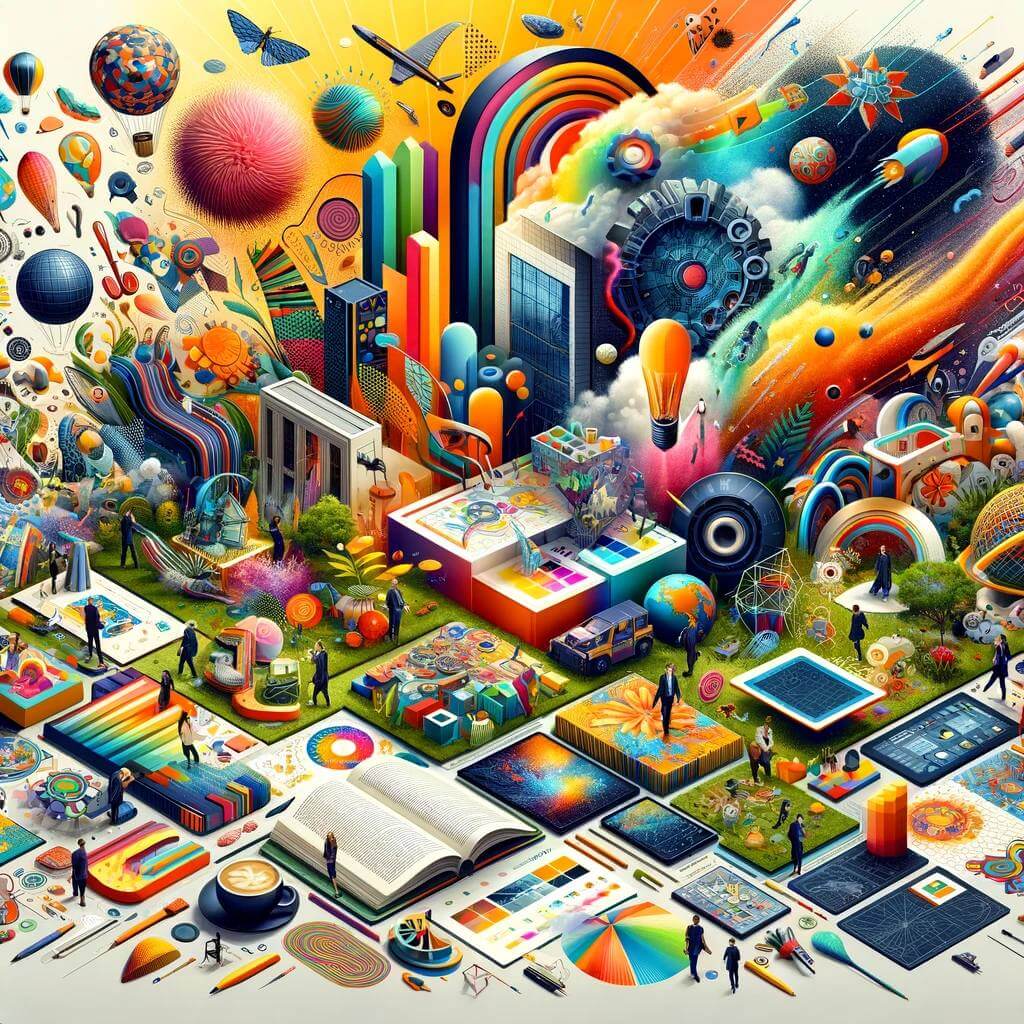2023 has been a pivotal year for the integration of artificial intelligence in design, witnessing an extraordinary blend of creativity and technology. Designboom, a leading voice in the design community, has highlighted the year’s most impressive AI-driven design projects submitted by its readers. These projects represent a remarkable fusion of artistic vision and cutting-edge AI tools, showcasing how technology is reshaping the design landscape.
AI’s impact on architecture and product design
One of the standout themes this year has been the use of AI in architecture. Architects have utilized tools like DALL·E and Midjourney to imagine futuristic structures that redefine our built environments. For instance, minD Design’s Oblivion House in the Dom World Metaverse represents a perfect harmony of architecture, nature, and the digital realm. This phygital (physical + digital) structure, perched on a cliffside, offers a holistic living experience by integrating expansive natural vistas into its design.
In product design, artists like Momit Sam York have used AI to reinterpret familiar objects with a blend of nostalgia and innovation. Using Midjourney, York’s designs, such as a bunny-shaped blender and a gummy bear-inspired radio, blend functionality with a whimsical aesthetic, showcasing AI’s potential in reimagining everyday items.
Exploring new dimensions with AI
AI has also enabled designers to explore and visualize concepts that push the boundaries of imagination. Kaveh Najafian’s AI-generated series of abandoned megaships, for instance, presents a future where these structures become floating ecosystems, symbolizing humanity’s resilience and quest for progress. Similarly, Rolando Cedeño de la Cruz’s Midjourney-inspired reimagining of ancient ziggurats as modern cultural landmarks merges historical architecture with contemporary design sensibilities.
Another fascinating application of AI in design is found in ūti architectes’ AI-generated skateparks in Paris. These designs seamlessly integrate skateparks into the city’s architectural fabric, creating a surreal dimension to Parisian skateboarding culture. Hassan Ragab’s series ‘The Cities we Build’ uses Stable Diffusion 2 to envision futuristic urban landscapes, challenging traditional notions of beauty and functionality in architecture.
Bridging human and machine creativity
An intriguing aspect of AI in design is its ability to enhance human creativity rather than replace it. Projects like Arvind Sanjeev’s Ghostwriter typewriter powered by Open AI’s GPT-3 model exemplify this synergy. The Ghostwriter invites users to co-create with AI, offering a meditative and deliberate creative process that contrasts with the fast-paced digital world.
Jihee Kim’s concept design for Laika, an AI robot dog designed for emotional and physical support in space travel, demonstrates AI’s potential in creating solutions that address human needs in novel contexts. These projects highlight the evolving relationship between humans and machines, where AI acts as a collaborator in the creative process.
As we move towards 2024, the influence of AI in design is expected to grow further. This year’s top submissions to Designboom illustrate how AI is not just a tool but a transformative force in the creative industry. From architecture to product design, AI is enabling designers to explore new realms of creativity, pushing the boundaries of what is possible.
The future of design with AI looks promising, with potential advancements in AI tools and techniques that will offer even more possibilities for creative expression. The key takeaway from 2023 is that AI and human creativity together can lead to extraordinary outcomes, redefining design in ways previously unimaginable.





